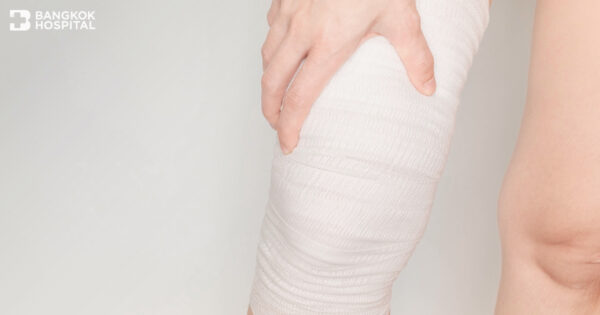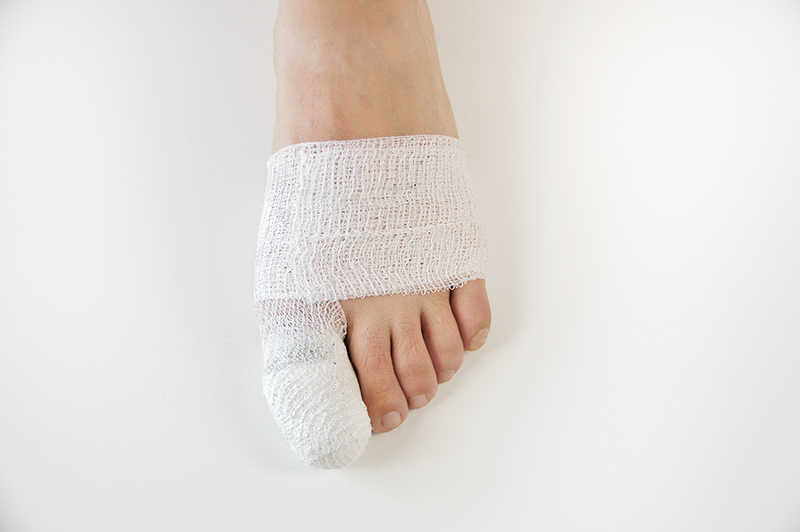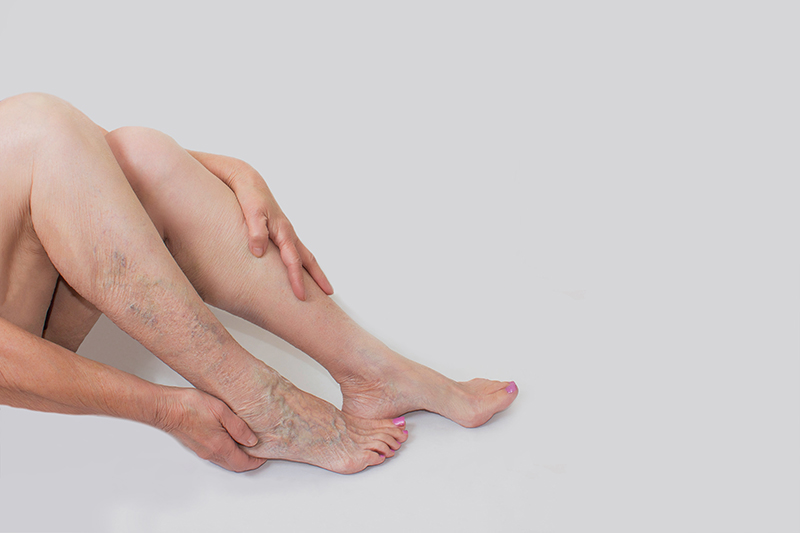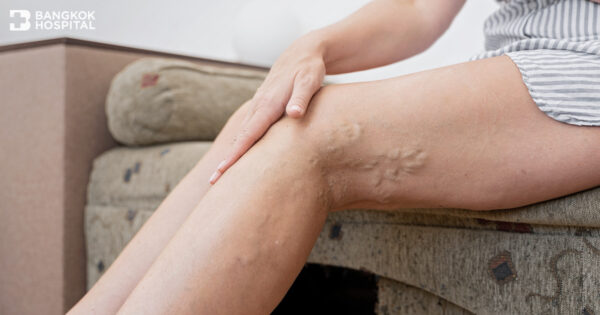Vascular ulcers are chronic, or long term, breaches in the skin caused by problems with the vascular system, the circulatory system. These ulcers have the potential to be dangerous. They may not heal normally and can lead to an increased risk of infection.
There are 2 types of vascular ulcers:
- Arterial ulcers
- Venous ulcers
1. Arterial ulcers
Blocked arteries are common causes of arterial ulcers. The overlying skin and tissues are then deprived of oxygen, killing these tissues and causing the area to form an open wound. As the incidence of arterial insufficiency increases with age, arterial ulcers are more common in the elderly. The most common causes of arterial ulcers are vasculitis and diabetes mellitus.
Arterial ulcer appearance
- Pale
- Typically does not bleed
- Deep, often extending down to the underlying tendons
- Very painful
- Deep and painful
Patients at risk for developing arterial ulcer
- Patients with diabetes, hyperlipidemia, and obesity
- Foot deformity
- Absence of protective sensation due to peripheral neuropathy
- Limited joint mobility
- Poor footwear that inadequately protects against high pressure and shear
**Proper footwear: laced shoes/loafers, proper fit, not too tight or loose, the distance between your longest toe and the shoe tip should be around your thumb’s width
Severity
Arterial ulcers are often difficult to heal unless tissue perfusion can be improved. If untreated or poorly managed, these ulcers may progress to invasive infection or gangrene that may necessitate amputation. For example, if there is an extensive gangrene of a toe, foot amputation may be necessary.
Treatment
To treat arterial ulcers, your doctor will try to restore blood circulation to the affected area. Treating the underlying cause with antibiotics can help reduce symptoms, but it will not heal the ulcer completely. Doctors may also use surgery to restore blood flow to tissues.
Prevention
- Quit smoking
- Avoid crossing legs while sitting
- Avoid cold temperature
- Choose proper footwear
- Exercise as frequently as is comfortable
2. Venous ulcers
Venous ulcers are the most common type of leg ulcer. They are caused by damage to the veins, which are responsible for bringing blood from various parts of the body to the heart through one-way valves. If the valves are damaged, blood can flow the wrong way down the veins, which results in a very high pressure in the veins when standing up. This abnormally high pressure in the veins damages the skin and leads to the ulcers.
Venous ulcer appearance
- Typically occur along the medial or lateral lower leg
- Brown or black
- Swelling
- Relatively painless
- Shallow
- Not exposing tendons
Treatment
- Wound dressing
- Compression therapy – can prevent venous reflux. However, compression should only be used in patients without significant arterial disease.
- Surgery – an operation on the veins may be necessary
Prevention
- Proper foot care
- Daily self-check – If there is any abnormal sign/symptom, consult a doctor immediately.
- Maintain appropriate weight
- Elevate the legs whenever possible. Avoid standing for too long.
Arterial and venous ulcers are the result of abnormal blood flow and circulation. Left untreated, these ulcers can cause serious complications. If you experience irregular symptoms or notice pain in your lower extremities, seek immediate medical attention.












